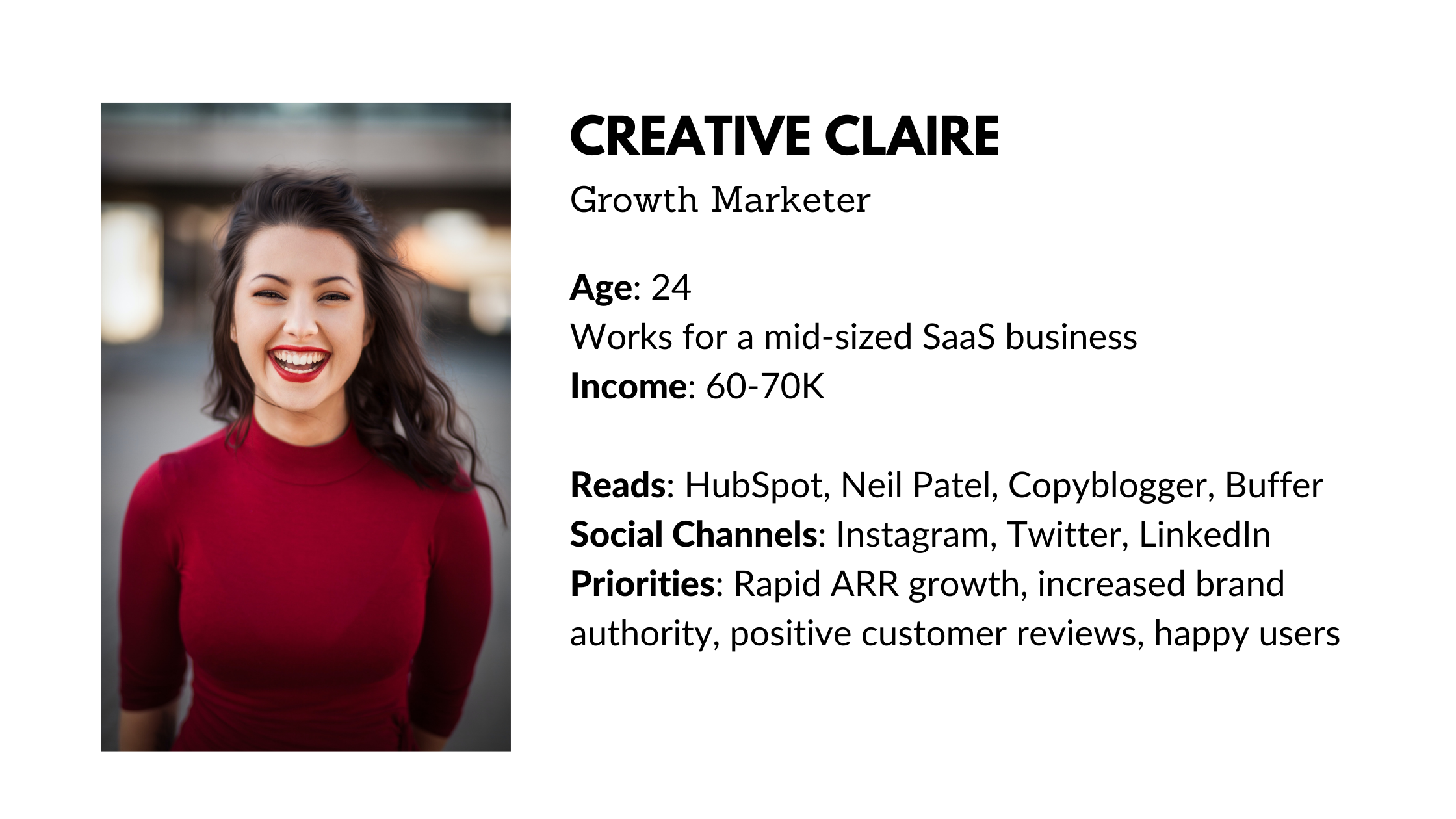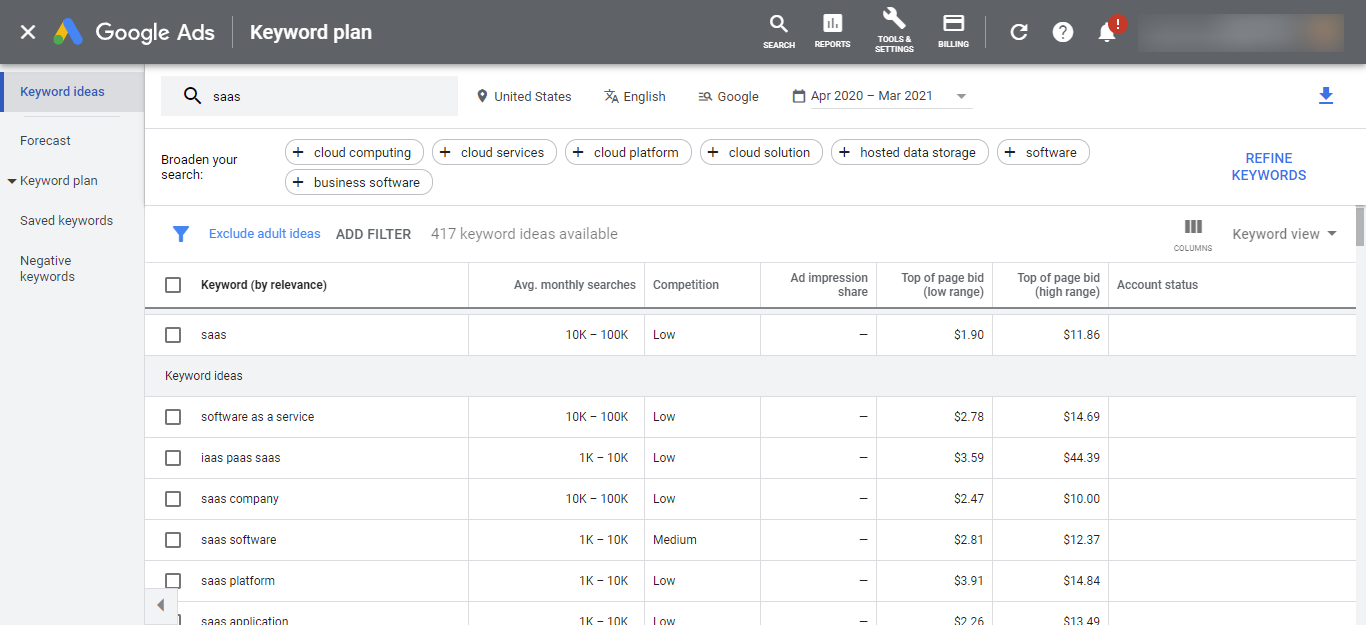According to a 2020 study by Demand Gen Report, 67% of buyers are reading more content than ever before making purchases. In fact, 77% noted that they tend to read more than 3 pieces of content before even talking to a salesperson.
How do B2B SaaS businesses create a strong library of content that can sift out SQLs and win more conversions, though? In this post, we’ll walk you through it in 7 steps.
First, let’s define what SaaS content marketing is though.
What is B2B SaaS Content Marketing?
Content marketing is an essential element of inbound marketing that focuses on content creation and sharing. It includes email marketing campaigns, landing pages, blog posts, eBooks, white papers, social media posts, infographics - and even some lesser-known mediums like podcasts and video.
Since the point of content marketing is to educate leads at every stage of awareness, it naturally takes a more informal approach than standard sales and digital marketing tactics. It might answer questions your leads have about their problem, highlight solutions (including your SaaS product) that can be helpful to them, and explain your product features simply.
But because content marketing isn’t a standard sales technique, you have to do strategy work upfront to make sure your content matches your positioning, differentiates you from your competition, builds rapport with your target audience, and moves you closer to your sales and marketing goals.
SEO and Content Marketing
Search engine optimization (SEO) is the bread and butter of your content marketing efforts. It allows you to grab the attention of search engines, so your content pops up when leads search for specific keywords and phrases. And it encourages users to click on your content to find answers to their original query.
Thus, using SEO best practices when you create content enables you to produce long-term scalable results.
What Makes Content Marketing for SaaS Companies Different?
There are several factors that make content marketing for SaaS unique. Arguably, the most important is your offerings. Since you’re selling both a product (SaaS software) and a service (support quality), your marketing has to sell both, simultaneously.
At the same time, SaaS is a highly competitive industry, which makes it difficult to rank for high-value keywords. And if you’re in a more established vertical or niche in the SaaS industry, it’s even more challenging, as a greater number of SaaS businesses and startups fight for your leads’ attention.
Thirdly, purchasing a SaaS subscription is a big investment for many businesses - even if you offer a free trial or use month-to-month rather than year-to-year contracts. As a result, your content has to be extremely high value to generate appeal and build the level of trust you need to win loyal subscribers.
How Do You Build an Awesome SaaS Content Marketing Strategy?
Now that you have an idea of what you’re up against, let’s get into the seven steps required to build a content marketing strategy:
1. Define Your Target Audience

Identifying your target audience allows you to create a consistent and targeted content marketing campaign. So, it should come as no surprise that you need to start here. You can do this by creating a checklist of characteristics for your ideal buyer persona. For instance:
- Are they a business or a consumer?
- What is their gender, age, income level, and industry?
- Which websites do they visit and what do they like to read?
- Which social media platforms do they use?
- What trade shows do they frequent?
You can also use analytics tools on social media platforms to identify your current customers’ characteristics. In essence, what do they value and what do they resonate with?
2. Identify Pain Points
Once you’ve identified your audience, you need to know what motivates their buying behavior. You can figure this out by walking yourself through the typical buyer’s journey and pinpointing each step the customer will take in your sales funnel before making a product purchase.
This customer journey map will likely include steps such as brand awareness, PoS encounter, interest development, free trial/demo request, long-term customer conversion, active adoption, expanded use of your product, support services escalation, and subscription renewal or cancellation.
The key is to identify and resolve the pitfalls that new customers may encounter at each of these steps. These might be difficulties with navigating your website, understanding your product offerings, making a payment, scheduling a demo, or just general poor onboarding and customer service.
Because the initial contact with your brand is the most critical part of the SaaS marketing strategy, you need to address the pain points that your brand will solve for potential customers right away.
They can be financial (such as low revenue), emotional (frustration with the current product), or technical (problems with SaaS integration). They might also relate to time management issues, problems with customer service, or a daunting learning curve.
Regardless of what the pain points are, it’s key to identify them early on so your content and sales material can speak to them.
3. Come Up with Keywords

Since keywords enable potential customers to find you, you need to prioritize your SEO strategy next. Fortunately, there are a lot of marketing tools out there designed to help you with that. (You can also work with a marketing agency that has experience using them if that’s easier for your team):
- Google Keyword Planner, (a feature of Google Analytics) generates related phrases from a target phrase and evaluate their efficiency, competition, and cost.
- Ahrefs audits your SEO performance, studies the competition, and analyzes trends (can also support link-building strategies).
- SEMrush, similar to Ahrefs, can also audit competitor performance and backlink profiles.
- Moz: another Ahrefs and SEMrush’s competitor, it offers an all-in-one SEO toolkit for site audits, keyword research, rank tracking, backlink analysis, and support with online tutorials.
- BuzzSumo: A social media analytics tool that identifies market influencers, trending topics, competitor content strategies, and popular formats.
- Ubersuggest: a research tool that can generate volume estimates for organic search and paid keyword usage, pull long-tail keyword alternatives and show the level of competition for each option.
4. Define Goals and Metrics
Before developing a piece of content, you should also set measurable marketing goals, so you can evaluate your campaigns’ performance. These goals should follow the SMART formula and be rooted in your primary financial goals for the year or quarter.
Once you’ve established those goals, you need to figure out how to measure your progress toward them. The easiest way to do this is by curating a set of key performance indicators (KPIs).
Many KPIs apply to every industry, like the number of unique visitors, session duration, and bounce rate. But there also are a few marketing metrics specific to SaaS, like free trial registrations, software demo requests, customer acquisition cost (CAC, which measures the number of customers you acquire for your marketing expenditures), and lead conversion rate (LCR, which measures how many conversions you get per visit to your site, email list registration, or demo request).
Here are the specific equations for CAC and LCR:
CAC = MC / CA, where:
MC = marketing costs over a given period CA = number of customers acquired for that marketing expenditure
For MC, you can either use the total marketing costs or segregate the data by campaign or marketing channel. In any case, tracking your acquisitions by particular content pieces will help you decide how to spend your marketing resources best.
LCR = C / L, where:
C = number of conversions L = lead opportunities, yielding a percentage rate
This metric can also be used for different types of conversions and opportunities duos. For example, an opportunity might be a visit to your website and a conversion of an ensuing demo registration. And once again, you can narrow this down to particular pages or strategies to get a sense of their effectiveness.
These metrics will show you how much you need to invest to generate a specific number of conversions and the corresponding amount of revenue and will help you identify effective content, so you can guide your investment focus.
5. Organize Content Production
Once you’ve gone through the first four steps, you can start producing keyword-oriented content using a clear content production process. This includes data research, content calendar planning, talent recruitment (think about freelancers in your industry), content writing, editing, publication, and distribution.
You should also think through the connections between different types of content as you work through the content production process, as a blog post can be promoted on various social media channels, turned into a video breakdown, compiled with other posts into an ultimate guide or ebook, and guest published on a partner’s blog.
It’s important to create and document standard operating procedures (SOPs) for each step and communicate them to your team through a project management platform, as these will become the standard best practices for your content marketing strategy.
6. Distribute Content
Your distribution strategy should focus on two specific aspects of publication: 1) the frequency and 2) the channels chosen to publish and promote content.
When forming your distribution strategy, you should keep in mind questions such as:
- Where your content will be published
- How will it be categorized
- Whether it will be public or gated
- Which social media profiles you’ll use to promote it
- What third-party sites you’re planning to distribute it through
Don’t forget that you can use a marketing automation platform to upload and schedule content in the spirit of spending resources smartly, as well.
7. Monitor Campaign Results
To ensure you’re spending your money in productive ways, you need to monitor your campaigns’ performance. This can be done by setting up a reporting system that tracks the KPIs established at the beginning of your campaign (which is why planning is such a crucial step).
Most analytics software tools will offer a customizable dashboard that will track and display the metrics you’ve chosen. You can then establish a regular review procedure to analyze the results.
While this can be a satisfying step, it will also show you all the areas where you’re not quite reaching your goals. And that means it’s time to make adjustments.
Identify what’s working and focus your efforts on promoting it and using it as a template for the rest of your campaigns (new and existing). You can also improve underperforming pieces by doing split-testing. This will give you insight into how specific changes will affect performance. Remember that sometimes, the key to better results is in the smallest details, such as a different headline or a more precise image.